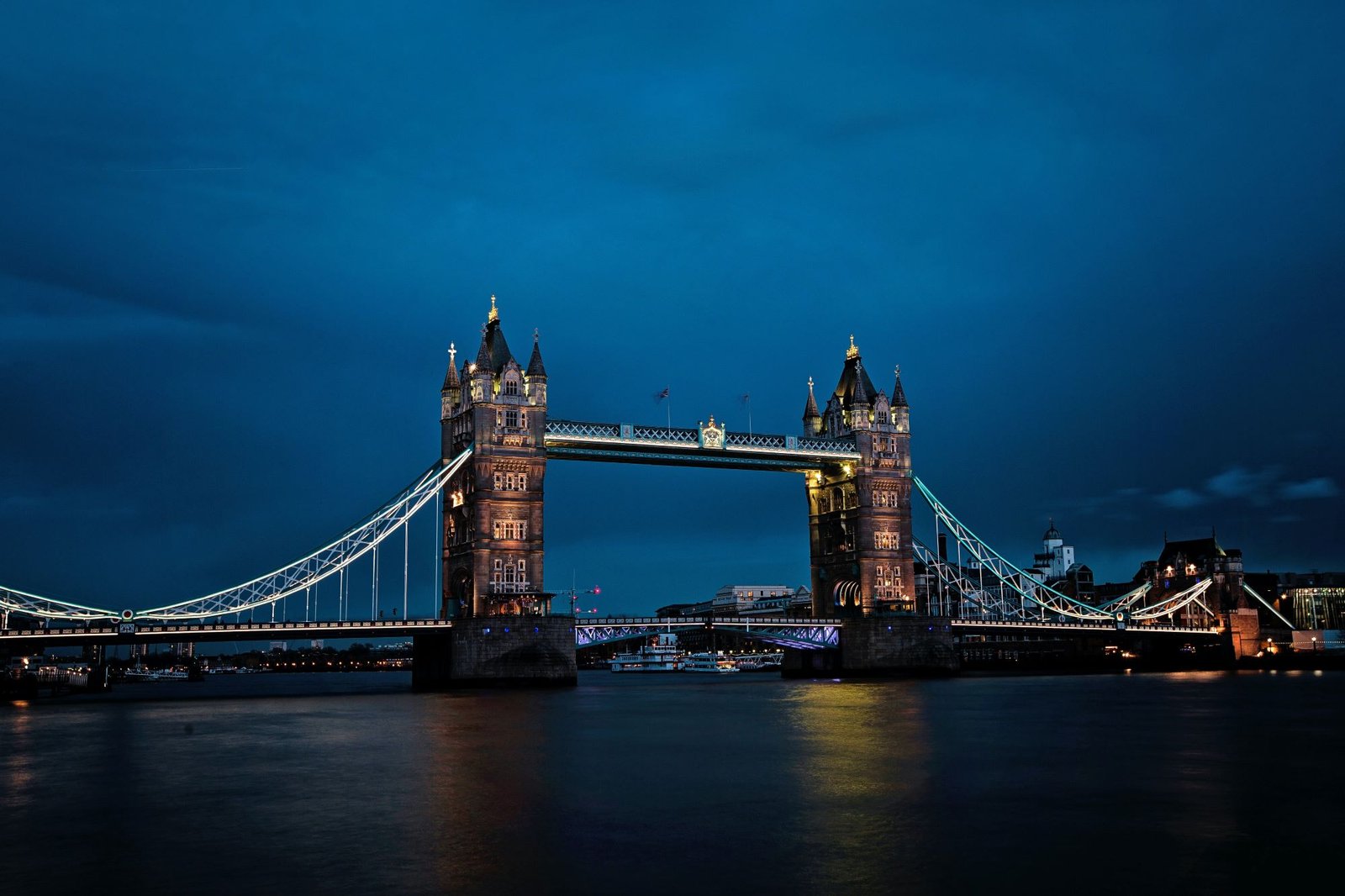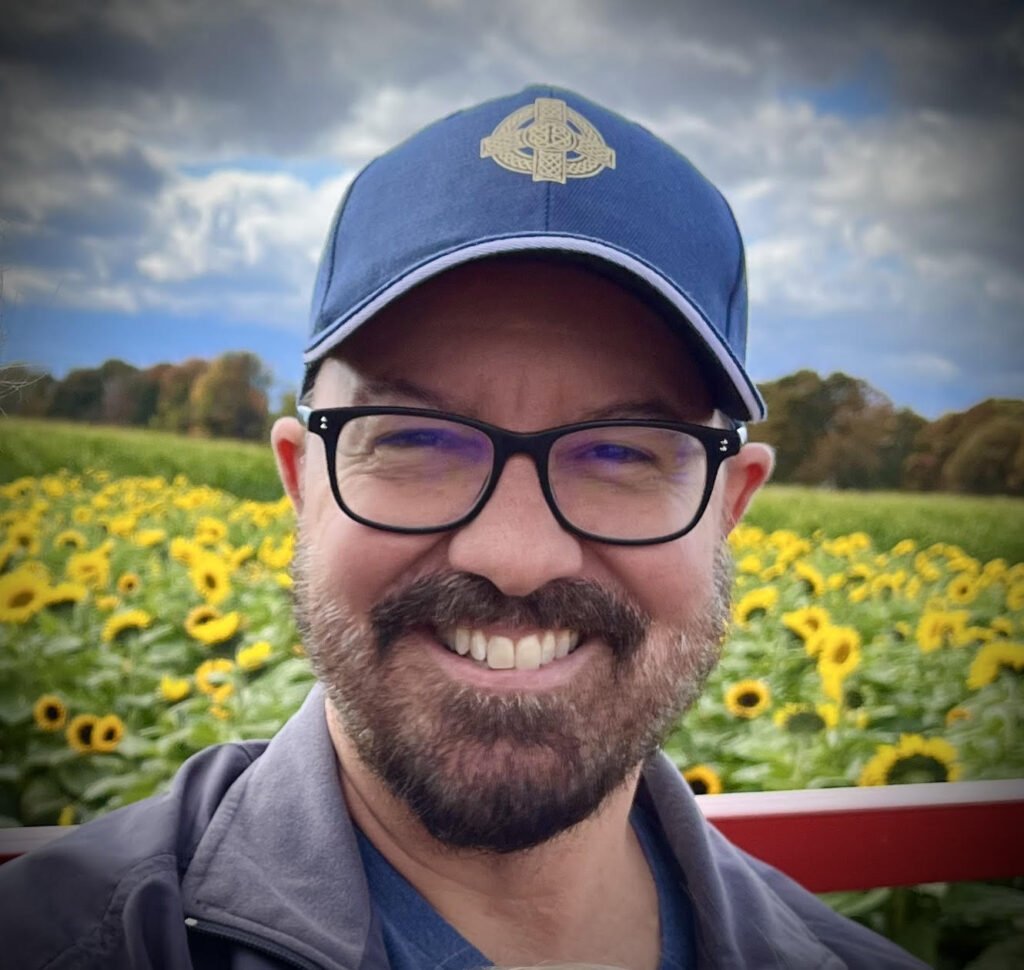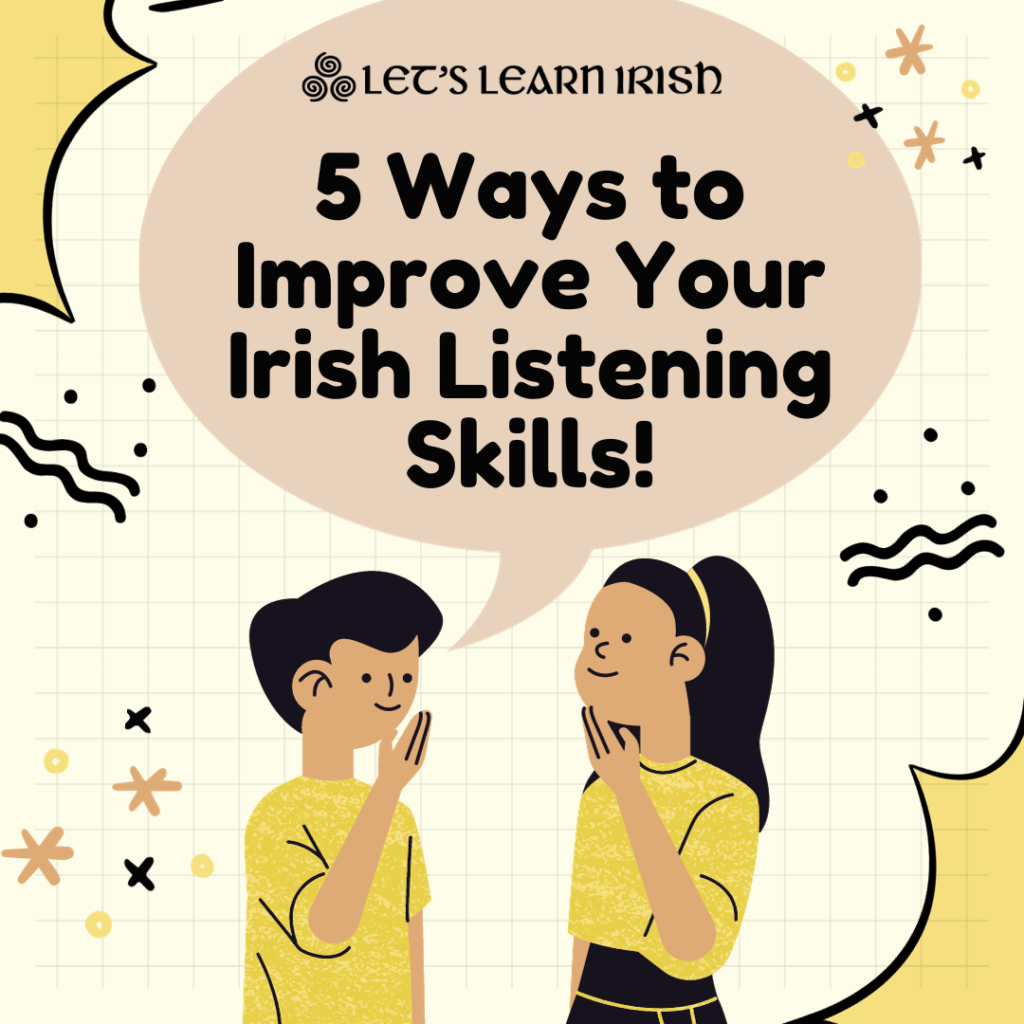“Look, a tourist who speaks Irish!“

“Gabh mo leithscéal, tá me caillte!” ( “Excuse me, I am lost!). Thus started the conversation with a shepherd on a remote hiking trail on the Dingle Peninsula near Mount Brandon. I never thought that the storytelling session we had in Rang A2/B1 – a set of six drawings about a little girl who had become separated from her parents in a shopping mall – would be the essential conversation (and vocabulary) I needed in the real world of rural western Ireland!
It was just my second trip to Ireland this past summer, a trip that was designed to explore further my language skills acquired through Let’s Learn Irish. I had heard about a fantastic hiking trail on the other side of Conor Pass. I had seen some photos and was immediately drawn to a day’s hike on my own. Little did I know that hours later, on a remote and windswept mountain trail, that the practice storytelling and conversation would be a real one, but not in a shopping mall.

After hours of hiking in a beautiful, treeless landscape, I realized I had not encountered a single milestone for this particular trail. It was getting late. I was tired. The weather was turning. I was worried I’d have to spend a night with the sheep on the mountain side. The story is much longer, and that would be a very Irish thing to tell you a drawn out and suspenseful tale; however, the bottom line is that I was completely lost and worried. I needed a rescue plan. In the distance, I spotted a lone shepherd working with his four dogs. Immediately I picked up my pace to reach them.
Sheepishly, so to speak, I approached him with well-practiced greetings in Irish. Beyond the introduction, I jumped to my main point “Tá mé caillte, I am lost.” I explained in Irish that I wanted a particular trail and destination, but could not find it. He smiled, replied in Irish, and we bantered a bit. Then he suggested the conversation would be better conducted in English. ( I am not sure if that was for my benefit or for his.)

What ensued was a strategy that worked for us both. He was finishing his workday, and he offered to give me a ride on his all-terrain vehicle back to the trailhead. After a long and bumpy ride down winding mountain paths, we reached the gates where my car was parked. Breathless and relieved, I thanked him profusely in Irish, commented on how much I liked his dogs, how I valued the Irish language, and how I hoped we would meet again.
The following day, humbled by my orienteering failure on a Dingle hiking trail, I decided to head into Dingle Town, where I was far less likely to get lost on well marked little streets. This time I was on the search, not for an ocean vista, but simply for two books. I found a local library and sought out one of the librarians. I began speaking in Irish, explaining what I was looking for. The librarian was surprised by a tourist speaking some Irish. He broke into a big smile when I began to use some Ulster phrases, which I had learned in my early A1 classes.

Although the library did not have the two books I sought, the librarian sent me to the bookstore up the street. As I entered, I approached a female clerk in her late teens or 20s, and I began speaking in Irish to her; the look on her face was unforgettable. Her surprise and delight to hear, among all the other German, French, Italian, and American tourists, someone who spoke her native language! She immediately got up from her desk and led me to find the exact books on the back shelves of her store.
Lastly, I found myself in a three day spell of nonstop rain in southwestern Donegal. My choice for an indoor activity was to visit a weaving studio. When I entered the ground floor, I greeted the receptionist in Irish, and asked if I could see weaving done at that studio. She replied in Irish and sent me upstairs to the work room. Once I entered, I shyly approached the first weaver at the first loom. I asked in Irish if I could take some photos of their work. The older man behind the loom slowly stood up from his chair, moved into the aisle, opened his arms wide, bounced on his feet, and proclaimed to the rest of the room, “Look, a tourist who speaks Irish!“
The conclusion to my story is that every hour of classroom engagement and personal study reaped rewards and big smiles from native speakers in the Gaeltacht. I have a long way to go with Irish. However, I am grateful for the excellent instruction in the classroom and for fun with my colleagues at Let’s Learn Irish. In fact, one of my online colleagues is Jeff Justice, who I met when I made my way west to An Cheathrú Rua – check out Jeff’s article here. Go n-éirí libh, a chairde!
Join the online Irish community for cúrsaí, comhrá & ceardlanna, and follow along on social media @LetsLearnIrish – beidh fáilte romhat!





